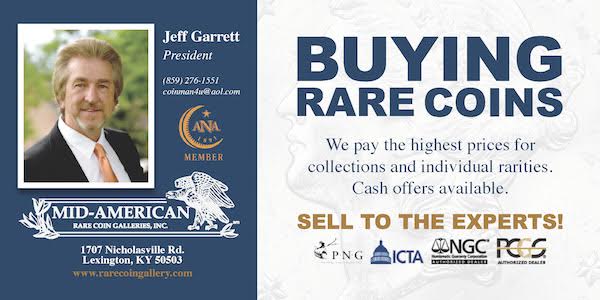
PREV ARTICLE
NEXT ARTICLE
FULL ISSUE
PREV FULL ISSUE
BOOK REVIEW: PEACE MEDALSBarry Tayman writes: Readers may enjoy this article which includes very nice comments about the Gilcrease book on Indian Peace medals. Barry forwarded an article by Smithsonian Secretary David J. Skorton reviewing "Five Books That Expand the Definition of Art". Thanks! Below is a link to an earlier E-Sylum article about the book which includes contributions from a number of our readers including Barry, John W. Adams, Skyler Liechty, Tony Lopez and the late George Fuld. -Editor Peace Medals: Negotiating Power in Early America by Robert B. Pickering Stebich's next selection tackles significant questions for many museum goers: what makes something a work of art and how do curators decide which objects have both aesthetic and historic resonance.
Starting with European settlers and continuing on through the founding of the United States, white leaders issued their Native American counterparts a kind of peace medal" to curry favor and build diplomatic alliances. Whether historical artifact or works of art, peace medals are not without controversy. Worn around the recipient's neck, they often incorporate Native American imagery, representing a pledge of peace. "Through the catalogue, viewers can see how the imagery changed over time through various presidencies and how the medals were valued by the recipients and incorporate portraiture of Native Americans, giving a sense of status to the sitter," says Stebich. To read the complete article, see: I found another review online from AnthroSource, published by the American Anthropological Association. -Editor To read the AnthroSource review, see: To read the earlier E-Sylum article, see:  Wayne Homren, Editor The Numismatic Bibliomania Society is a non-profit organization promoting numismatic literature. See our web site at coinbooks.org. To submit items for publication in The E-Sylum, write to the Editor at this address: whomren@gmail.com To subscribe go to: https://my.binhost.com/lists/listinfo/esylum All Rights Reserved. NBS Home Page Contact the NBS webmaster 
|
